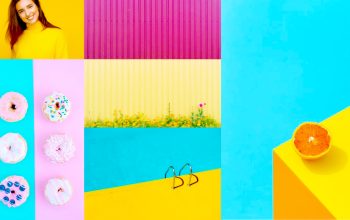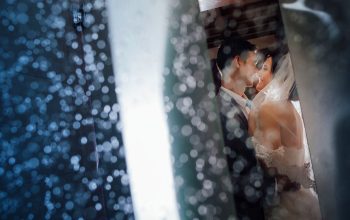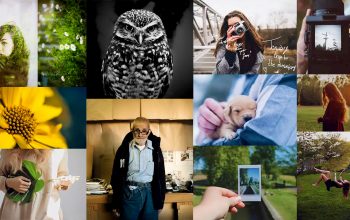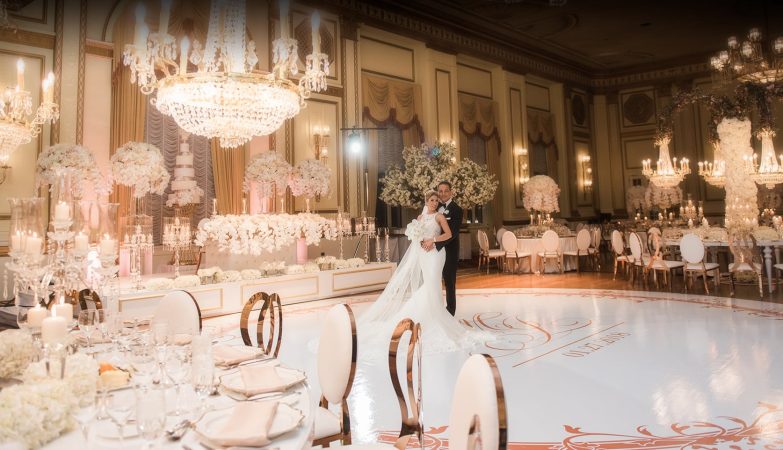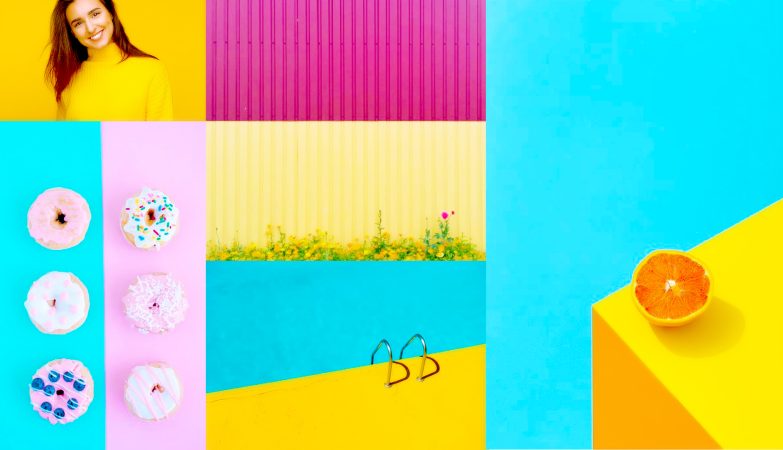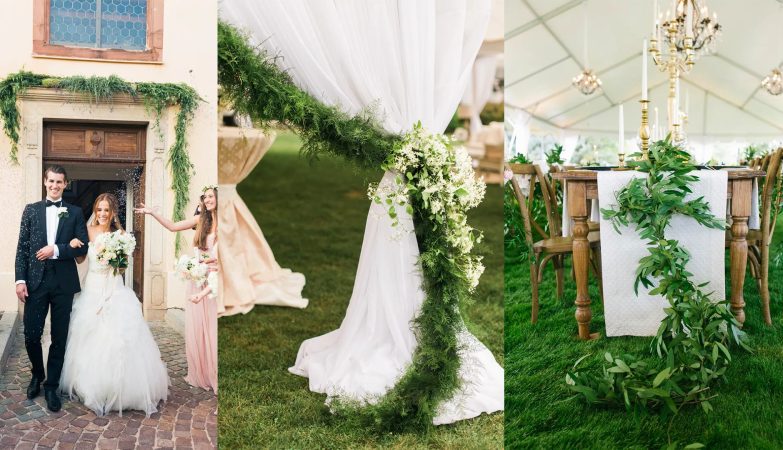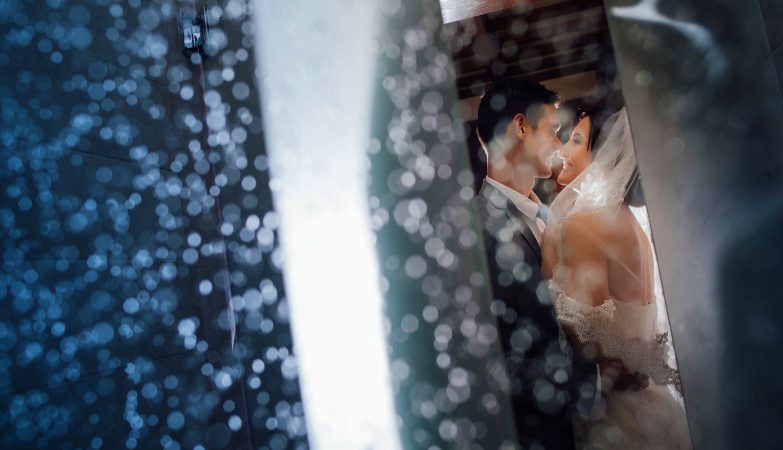
Portrait photography is devoted to capturing people and personality. But portraits often go beyond a photo of a smiling person. There are many different sub-genres or types of portrait photography. Ready to flex your creative muscle and expand the different types of portrait photography in your arsenal? Here are the 10 different types of portrait photography you should know.
Traditional Portraits

A traditional portrait often depicts the subject looking at the camera. Traditional portrait photography is posed. This is to help the subject look their best. Often, traditional portraits are shot in a studio with a formal photography backdrop. The genre also tends to favor the most traditional portrait composition. This means the head and shoulders crop rather than a full body portrait. But that’s not always the case. Traditional portraits are often what comes to mind first when considering the portrait genre. This type of image has been around for a long time. But it remains popular because the mix of posing and studio lighting is flattering. A sub-genre of the traditional portraits are formal portraits. Formal portraits use the same posing and studio setting, but with formal or business attire.
Lifestyle Portraits

Lifestyle portraiture is the polar opposite of traditional portraits. Yes, it’s still a portrait of a person (or multiple people). But lifestyle portraits capture people in an everyday environment, often doing everyday things. Instead of a studio, this genre of photography works in an environment familiar to the subject. Lifestyle portraits, for example, can be taken in a family’s home. Lifestyle portraits aren’t posed in the traditional sense. A lifestyle photographer often has a limited time frame in which to capture a series of portraits. Lifestyle photographers will often direct the subjects. For example, asking siblings to jump on the bed or asking a family for a group hug. This type of direction, however, isn’t posing. Lifestyle photographers don’t adjust the placement of the hands or nitpick the position of the subjects. Clients that choose lifestyle photography often favor the genre for the way images resemble real life. Lifestyle family photography also tends to capture the interaction between family members. This can create some touching memories.
Environmental Portraits

Environmental portraits are a mix between traditional portrait photography and lifestyle portrait photography. In environmental portrait photography, the environment is as important to the image as the person. This type of portrait photography shoot takes place in a location that means something to that person. This is to give the viewer clues to that person’s personality. That location could be a home, an office, or an artist’s studio, to name a few. While location is important, unlike lifestyle photography, environmental portraits can still use posing techniques. While the environment is important, the photographer works in a similar manner as a traditional portrait in setting up a pose and lighting. The pose, lighting, person, and background all work together in an environmental portrait.
Candid And Street Portraits

Candid portraits are unplanned. This is often the case with street photography featuring people. Photographers don’t have to photograph strangers to take a candid portrait. But the genre doesn’t use the planning and forethought that goes into a portrait. By definition, candid portrait photography doesn’t use any direction or posing from the photographer. Street photographers often take candid portraits of the people they meet. There’s often no set-up. But the photographer is inspired by the position the person is naturally taking, the light, the environment or any number of other factors. Along with being a genre of portrait photography, qualities of candid photography can influence other genres. Some photographers, for example, use a mix of posing and prompts to encourage candid moments.
Glamour And Boudoir Photography

A glamour portrait can also be called a beauty portrait. Glamour places an emphasis on the beauty of the subject. This often involves planning the wardrobe and using professional make-up artists. Glamour photography is also sensual. It’s designed to highlight a woman’s beauty, sometimes in lingerie and sometimes nude. Glamour and fashion photography often has a similar feel and similar posing. But glamour still emphasizes the person, not what they are wearing.
Boudoir is a similar but not identical type of portrait photography. Glamour photography is often shot in a variety of different locations, including outdoors, boudoir. As the name suggests, it is also shot in a bedroom or home. Boudoir celebrates sensuality. Women often book a boudoir session to give the photos to their significant other. Boudoir isn’t about sexual poses and lingerie. Many say a boudoir session can help boost a woman’s confidence.
Fine Art Portraits

The fine art genre is an often contested one. Artists debate exactly what classifies something as fine art. Many agree that fine art is something that would hang in an art gallery. That’s different than the typical placement of a portrait that hangs on the walls of a family home. Fine art photography is often inspired by other types of artwork. Some fine art photographers, for example, model their portrait photography after Renaissance paintings. Others get creative with wardrobe and makeup, posing, and photo editing. Fine art photography also often encompasses conceptual portraits and surreal portraits.
Conceptual Portraits

Conceptual portraits capture an idea or concept within a portrait image, often using props, setting, or photo editing to achieve that concept. Because conceptual photography encompasses an idea, the possibilities are endless. Levitation, perspective manipulation, makeup or wardrobe tricks, Photoshop stunts and more are all part of this unique genre.
Surreal Portraits

Surrealism is an artistic style that feels dream-like. That style can apply to portrait photography as well. You can’t photograph something that doesn’t exist, so surreal portrait work often involves Photoshop. You can also create some with props, wardrobe, and other photo tricks. A surreal portrait turns dreams into real photos. That’s tough to do, but when done well, the results are often stunning. For inspiration, look at photographers like Brooke Shaden.
Self Portraits

Quick, smartphone selfies give the self-portrait a bad rap. When done well, self-portraits can be very beautiful images. Photographers tend to bestow the more elaborate term self-portrait on a serious portrait that took planning and insight. A selfie is a quick snapshot. Taking a photo of yourself beyond holding a smartphone out at arm’s length can be tricky. Most use a tripod to get rid of that selfie look and extended arms. Focusing and composing when you’re in front of the camera instead of behind can also be tricky. Try using a remote release or a smartphone with a WiFi-enabled camera. Then get creative.
Couple, Family And Group Portraits

A portrait isn’t always a single person. Photos of couples, families and other groups together still fall under the portrait category. Portraits of more than one person are often more challenging than portraits of an individual, with more people to pose together and interact within the photograph. With more than one person, you can also capture genuine interaction. You can’t capture this with a single person. Portraits of groups can still fall under other sub-genres too. Lifestyle photography, for example, is a popular genre for family photography.
Conclusion
Portraits capture people and personality. Just like every person is different, the genre encompasses many different styles. By understanding the different types of portrait photography, you’ll capture better portraits that represent the subject in the best light.
originally posted on expertphotography.com by Hillary Grigonis
